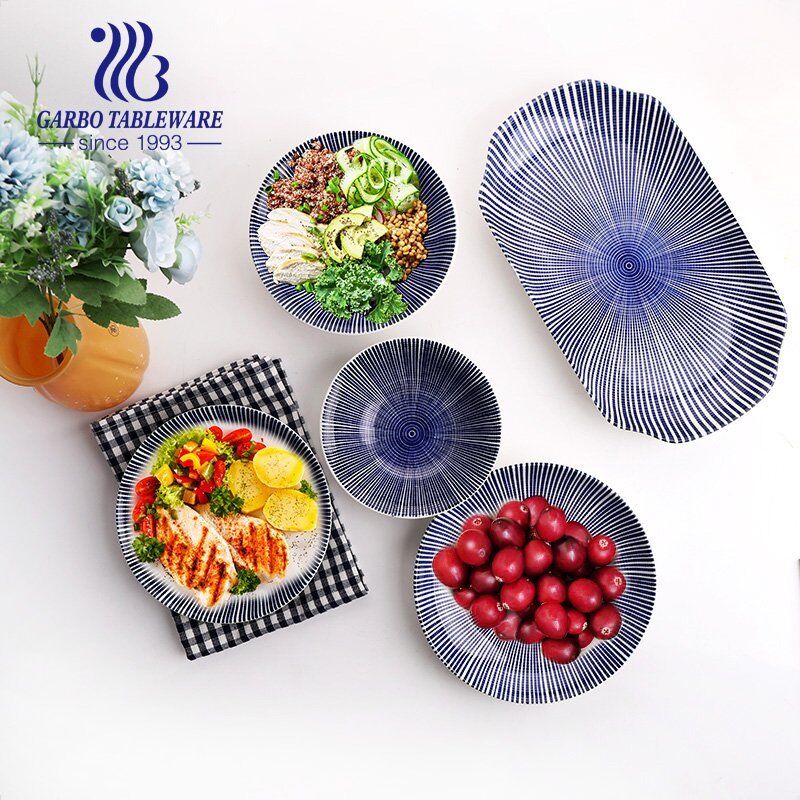Pulished on Jul. 09, 2021
Do you know how ceramic products are made? During the process, there are a good deal of professional knowledge. Today we will introduce you some knowledge of the ceramic production process.
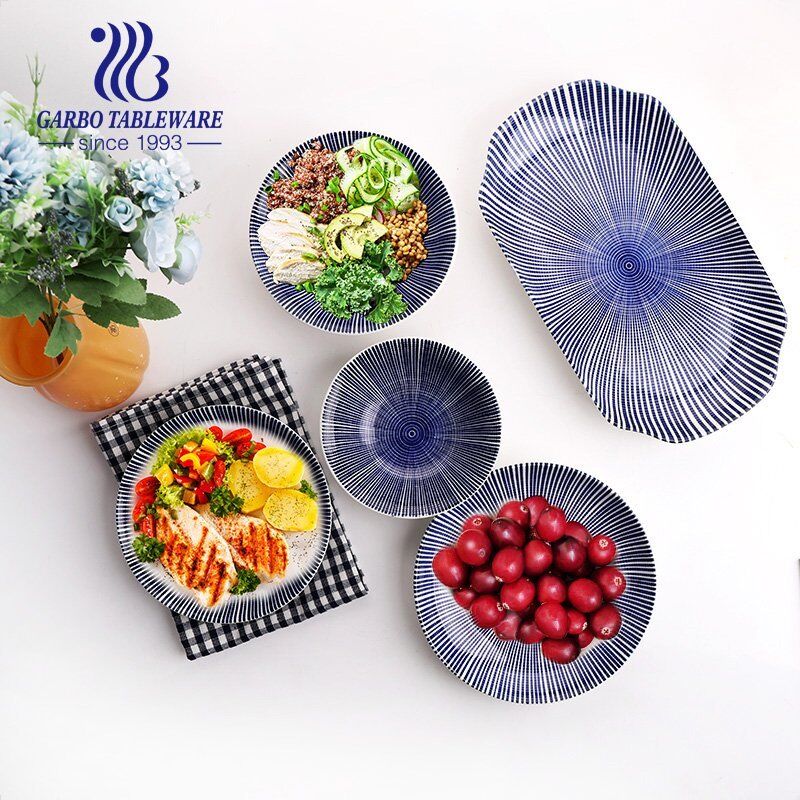
Q1. What are the stages of firing of porcelain? What is the scope of each stage? How to control the firing process?
A1: Mainly divided into preheating stage (normal temperature ~300℃), oxidative decomposition stage (300~950℃), high temperature stage (950℃~ maximum firing temperature), high fire insulation stage, cooling stage. Because there are many factors that affect the firing of ceramics, in the operation, different firing systems should be determined according to the specific situation, and the gas pressure in each part of the kiln is controlled by the furnace equipment to ensure a certain distribution to ensure the temperature system and atmosphere system.

Q2. The role and conditions of low temperature fast burning?
A2:(1) The role of low temperature and fast burning: save energy and cost, make full use of raw material resources, increase the service life of kilns and kiln furniture, shorten the production cycle, and improve production efficiency.
(2) Conditions for rapid firing at low temperature: The drying shrinkage and firing shrinkage of the blank glaze are both small, and the thermal expansion coefficient of the blank is small, which is close to a linear relationship with temperature changes. It is hoped that the billet has good thermal conductivity, and the billet contains a small amount of crystal form conversion components. The fast-fired glaze requires strong chemical activity; reduce the moisture of the billet entering the kiln, increase the temperature of the billet entering the kiln; control the thickness, shape and size of the billet ; Use kilns with small temperature difference and good insulation; select kilns with good thermal shock resistance.
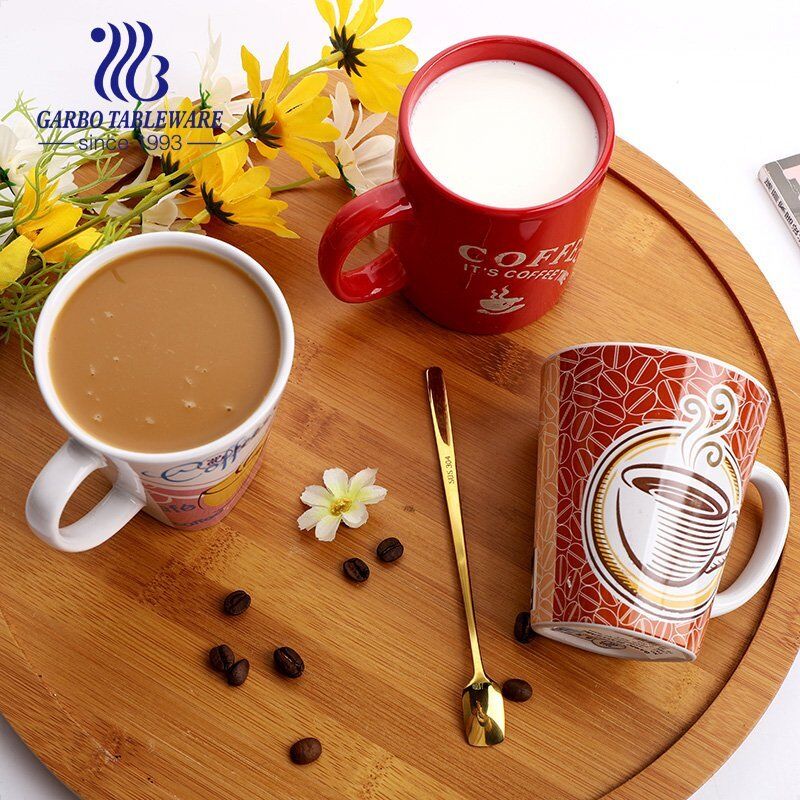
Q3. The basis for formulating the firing system?
A3: (1) Changes in the properties of the blank components during heating
(2) The size and shape of the product
(3) The glaze firing method includes the mutual influence of the glaze reaction during firing. After the high heat insulation is completed, it enters the cooling stage.
⑷ Kiln
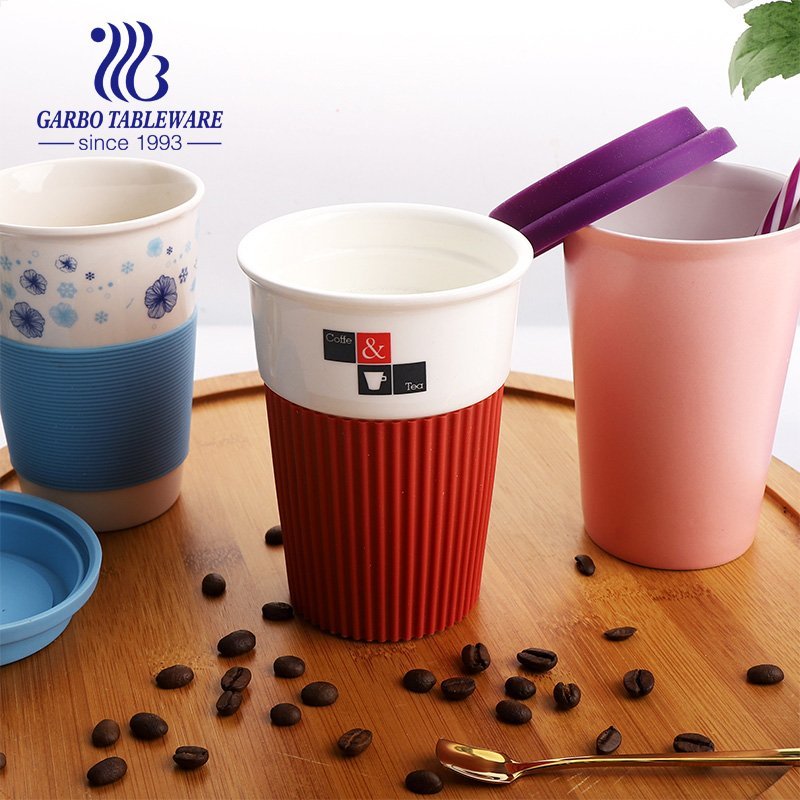
Q4. In order to shorten the firing cycle of ordinary daily-use porcelain, it is planned to use rapid cooling at the later stage of firing at 600~400℃. Is it feasible? why?
A4: No, because at 573ºC, the quartz crystal form undergoes a rapid transformation at a low temperature, and there is no liquid phase buffer, which is highly destructive and easy to deform. If it is cooled rapidly at this stage, the product will break.
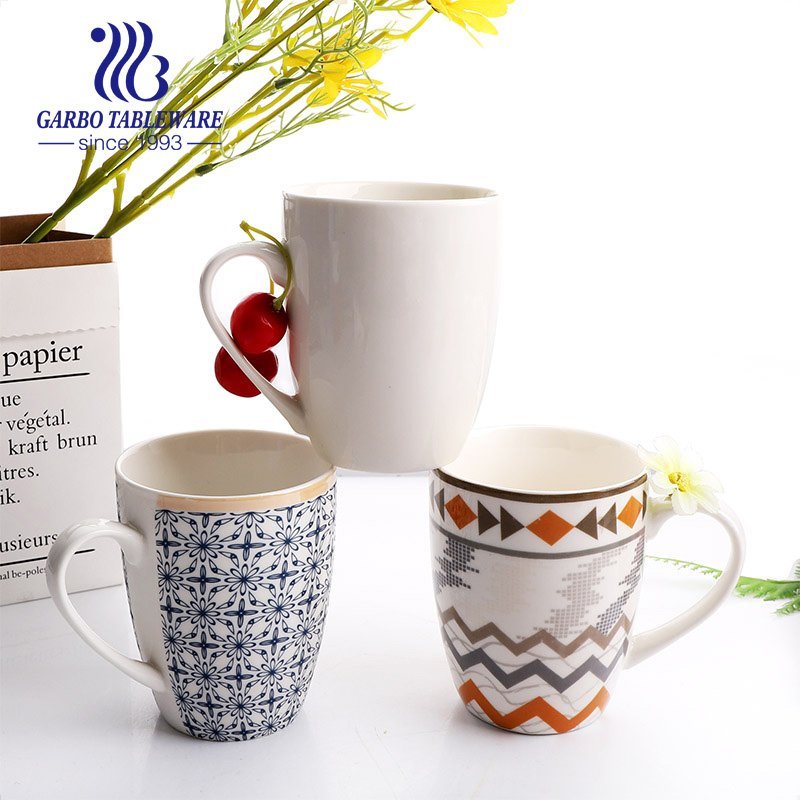
Q5. What are the requirements for the quality of the blanks for rapid firing?
A5: (1) Both drying shrinkage and firing shrinkage are small.
(2) The thermal expansion coefficient of the blank should be small, and the temperature change is close to a linear relationship, and it will not crack during the firing process.
(3) The thermal conductivity of the blank is better, so that the physical and chemical reactions can be carried out quickly during firing, and the thermal shock resistance of the blank can be improved.
(4) It is hoped that the blank will contain few components of crystal form transformation so as not to damage the blank due to volume changes.
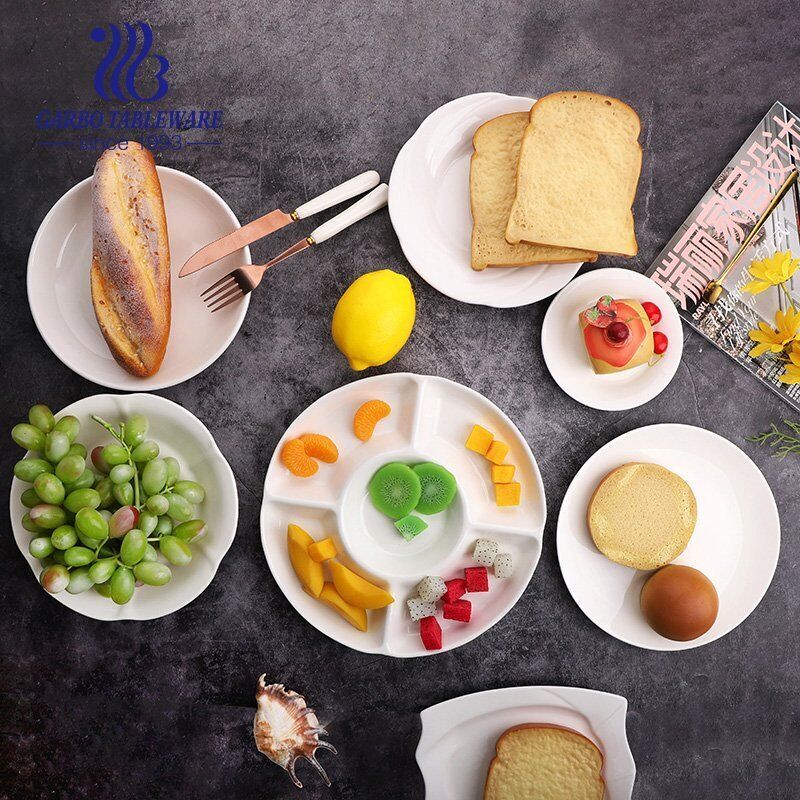
Q6. What technological measures can be taken to achieve rapid firing?
A6: The blank glaze can adapt to the rapid firing; reduce the moisture of the blank into the kiln, increase the temperature of the blank into the kiln; control the thickness, shape and size of the blank; choose a kiln with small temperature difference and good thermal insulation performance; choose good heat resistance Kiln furniture.
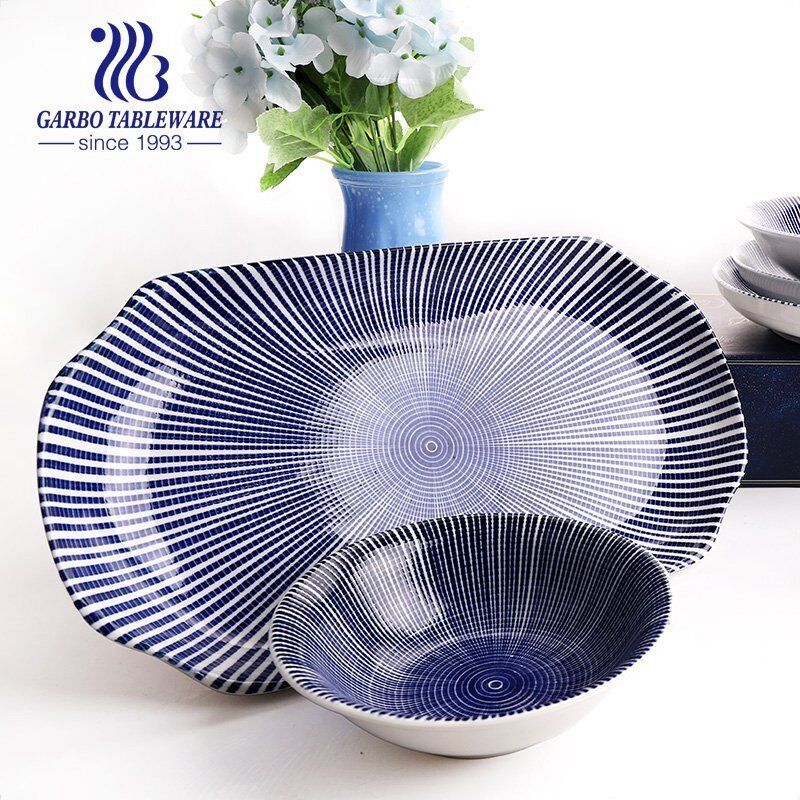
Q7. How does the process affect the physical and chemical properties of products?
A7: The process has a great influence on the physical and chemical properties of the product. Because the process will affect the microstructure of the product and ultimately the performance of the product, the process of making ceramics is very important to the performance of the product.
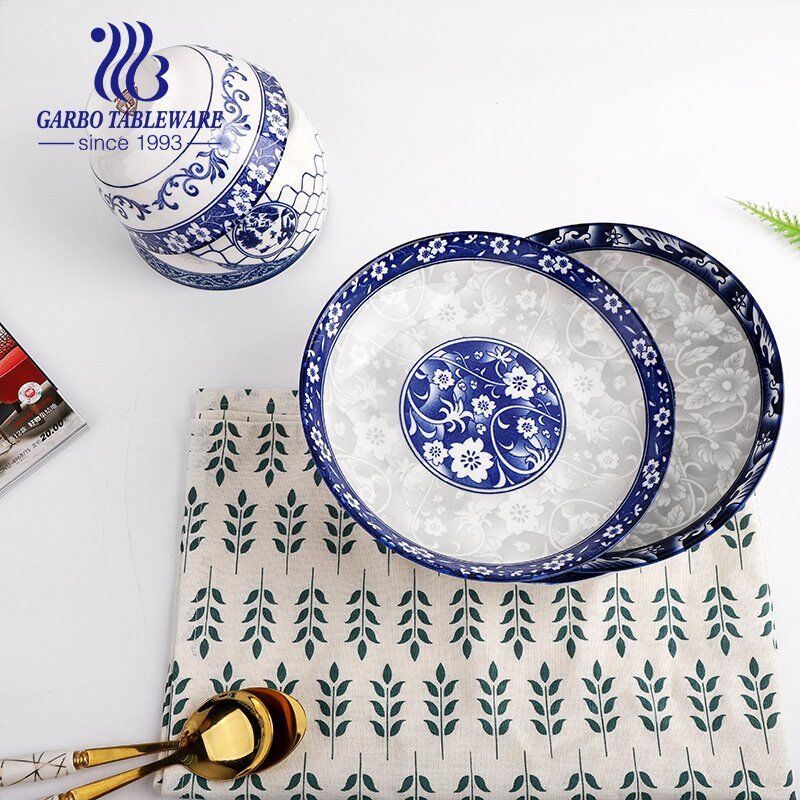
Q8. Briefly describe the reasons that affect the sintering of ceramic products.
A8: There are many reasons that affect the sintering of ceramic products, mainly manifested in the formulation, the mineral composition of the raw material, the moisture content of the green body before entering the kiln, the firing atmosphere, the firing temperature, etc. The mineral composition of the raw material contains more volatiles and A large amount of gas is generated during high temperature reaction, which affects sintering. The firing atmosphere and firing temperature directly affect the sintering of the product. Too low or too high temperature has a great influence on the sintering temperature. When the reduction flame is burned, it is not reduced in time, and the reduction effect cannot be achieved. If it is reduced in advance, the oxidation is not complete. The formula influences the temperature and other conditions required for sintering to a certain extent.
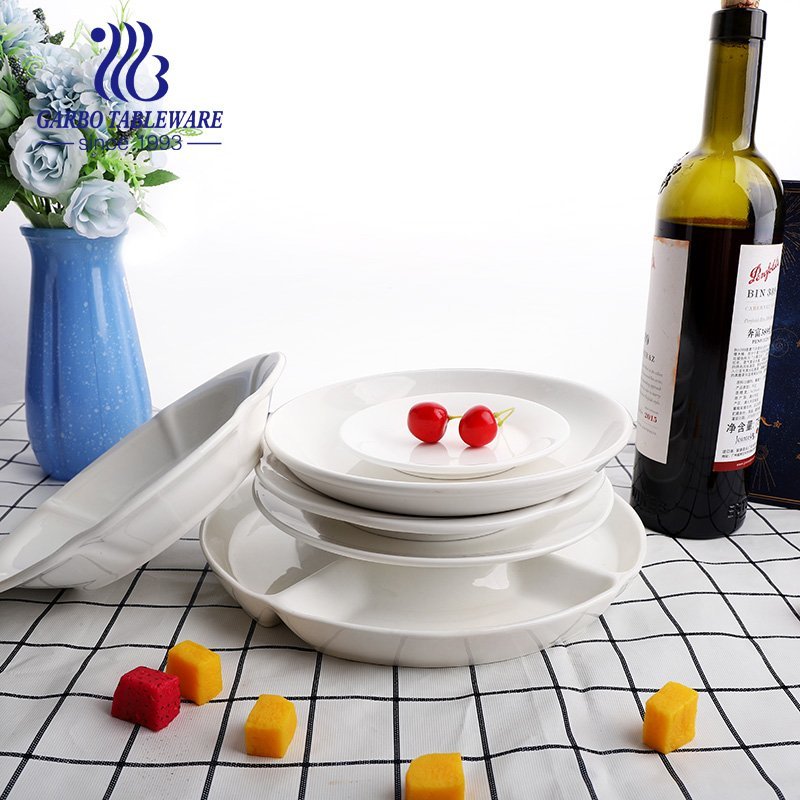
Q9. What are the main reasons for the appearance and peeling of the glaze layer? What kind of glaze layer can maximize the mechanical strength in porcelain?
A9: It is caused by the difference between the expansion coefficients of the blank and the glaze. When α glaze ›α blank, cracking occurs, and when α glaze α blank, peeling occurs. To maximize the mechanical strength of the glaze layer, the expansion coefficients of the blank and the glaze are similar, the intermediate layer is well developed, and the glaze has high elasticity and high tensile strength.
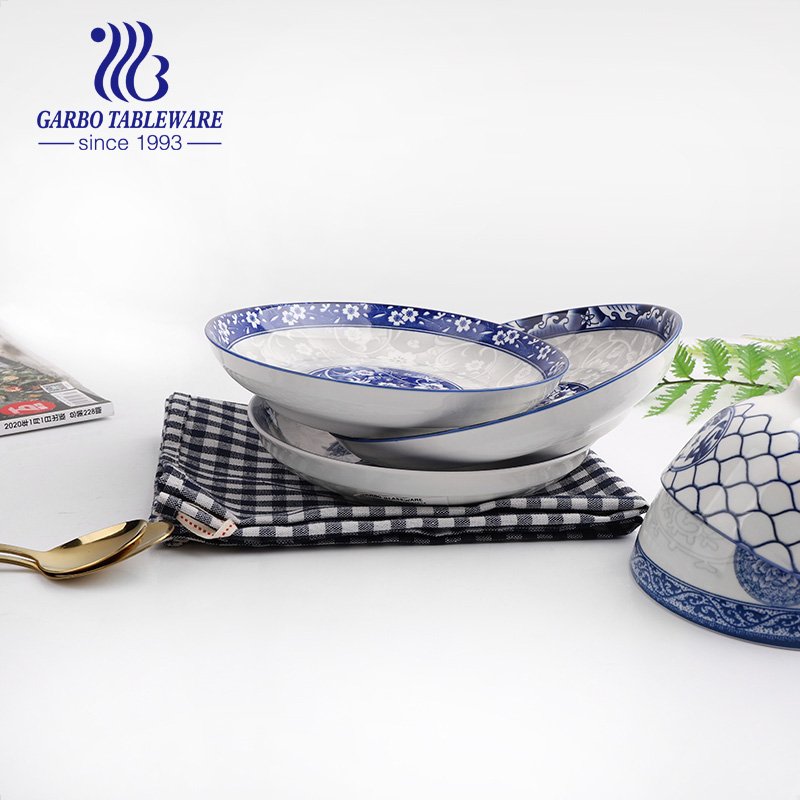
Q10. What are the causes of porcelain deformation?
A10: (1) Formulation is a potential factor. After high temperature firing, the stress is released.
(2) Unreasonable design of device structure
(3) The molding operation is incorrect and the drying is uneven.
(4) The operation and control of the firing process are inappropriate.
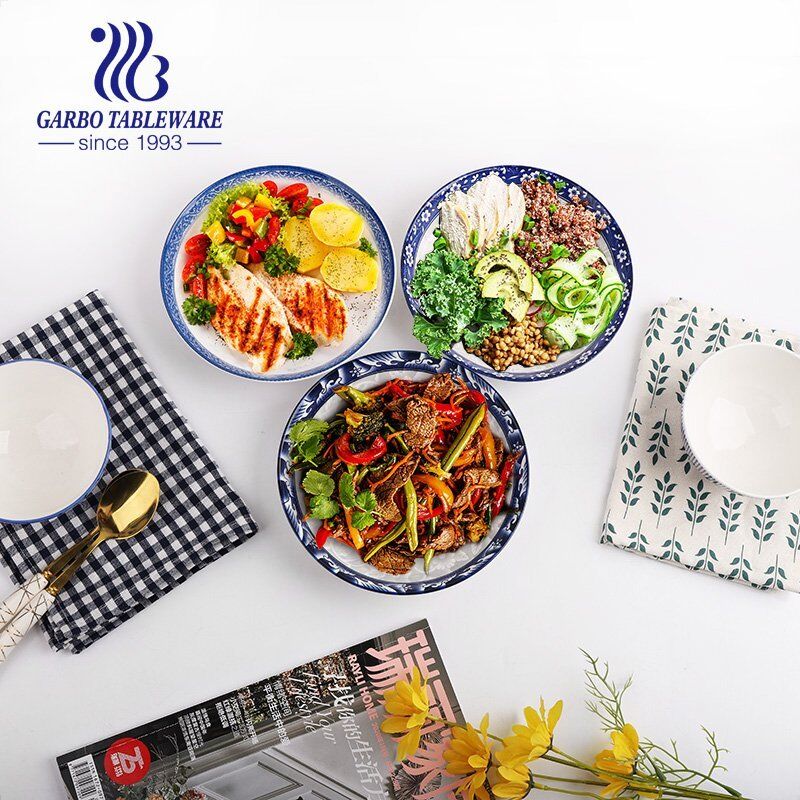
Above all, do you have a certain understanding of ceramic technology during the production process? A great ceramic product is made of the sophisticated procedures then comes out an A grade product for customers. Garbo Tableware is your best choice!
